“Beijing Live” International Performance Art Festival
Danish Cultural Center (706 Beiyi Jie, 2 Jiuxianqiao Lu, Chaoyang Qu), Oct 14-23, 2016
Performance Art is an artistic category the comings and goings of which are like wind to a weathervane. Without even mentioning its roots in surrealism, its mythological father Duchamp, the arrival of Pollock, and so on, it suffices to say that in China, the trajectory of its development has already made it synonymous with anything that could be labelled as “gesture” in art. For more than thirty years, performance art has made people think at once of “rebellion,” “the elite,” “the avant-garde,” the “underground” and other such diverse values. This is what has also made it duty-bound, from the beginning, to part ways with its old friend “performance” (as in the performing arts)—even though the two share a name.
Probably ever since the “traditional” became hot again in 2011, performance art in China has been trapped in its second significant downturn since the dawn of the “China/Avant-Garde” in 1989. But in the last three years, the rise of all different kinds of performance art being shown in various alternative spaces has proved that the form has not entirely fallen from grace. It is still the most direct manifestation of the avant-garde. Some examples would be He Yunchang’s solo exhibition (White Box Museum of Art, 2014) and Double Fly Art Center’s performances (Space Station and Today Art Museum, 2015) among others. In addition, there has also been a revisiting of classic performance art, as seen in the exhibition at Guangdong Times Museum entitled “Operation PRD-Big Tail Elephants” (2016). Regardless of their authenticity or shape, these activities—as long as they given the title “performance art” —are all a tribute to a particular value. At the very least, through reflection upon performance art we can recall some of the most basic as-yet unanswered questions that are upon us, such as: does contemporary art have boundaries? This is an ever-present debate, and it is often the case that the more the boundaries become blurred, the more we are inclined clarify them.
The international performance art festival “BEIJING LIVE” produced and curated by Jonas Stampe took place at the Danish Cultural Center and the Goethe-Institute in Beijing, invited more than thirty artists from around the world to Beijing; they performed their work over the course of ten days. Along with younger artists, the roster also included a number of high-profile figures like Alison Knowles, one of the founders of Fluxus; Huang Rui, the founder of China’s Stars Group; and others. It is possible that due to contextual or cultural differences, audiences were not necessarily able to understand each and every performance; but there lingered always an inexplicable, unified atmosphere of tragedy. This was because of an inherent conflict within all performance art: in order to maintain its form, it cannot escape the mainstream gaze, nor can it become part of that mainstream. At the same time, it must try its hardest to avoid becoming a mere adornment of the mainstream. It may be said that the dilemma of performance art is simultaneously the very source of its existence: it flees the system, while participating in the construction of a fantasy of rebellion. The anxiety it engenders resides in the hope it ignites. Here, under a thought-provoking title like “Beijing Live”, “performance art” once again flashed for a moment into public view.
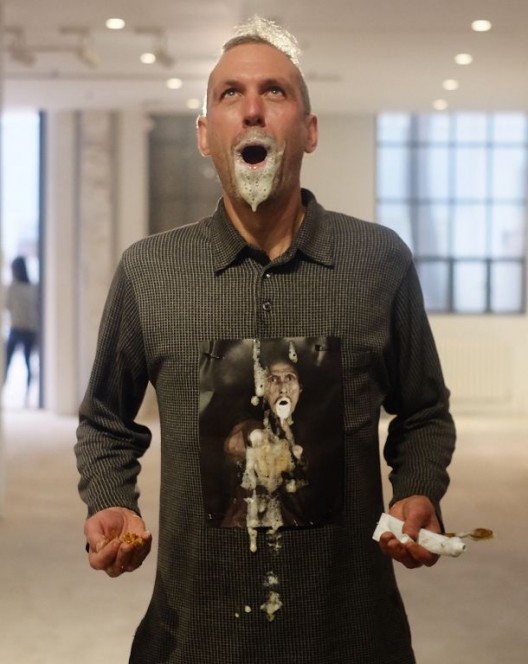
Mauritz Tistelö(瑞典),《纪念大同大张》,2016年10月19日,丹麦文化中心。摄影:空山 / Mauritz Tistelö, Sweden, “In memory of Datong Dazhang”, Oct 19, 2016, Danish Cultural Center, Beijing. Photo: Kong Shan.
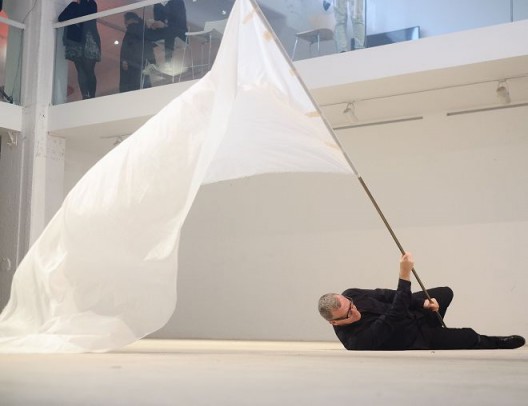
Joakim Stampe(瑞典),《不投降》,2016年10月19日,丹麦文化中心。摄影:空山 / Joakim Stampe, Sweden, “No Surrender”, Oct 19, 2016, Danish Cultural Center, Beijing. Photo: Kong Shan
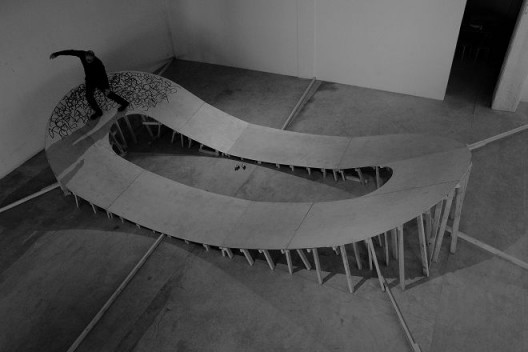
John Court(英国),《无题》,2016年10月23日,丹麦文化中心。摄影:依子雷 / John Court, UK, Untitled. Oct 23, 2016. Danish Cultural Center, Beijing. Photo: Yi Zi Lei.
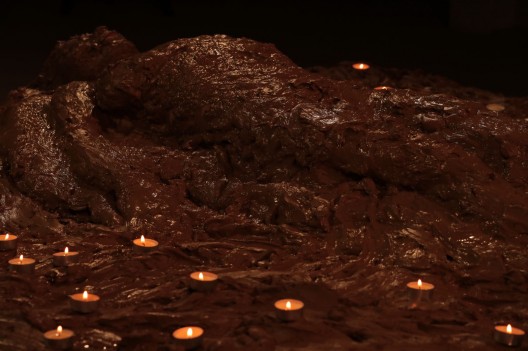
Lilibeth Cuenca Rasmussen(丹麦),《作为人的人》,2016年10月23日,丹麦文化中心。摄影:依子雷 / Lilibeth Cuenca Rasmussen, Denmark, “Human Being Human” Oct 23, 2016. Danish Cultural Center, Beijing. Photo: Yi Zi Lei
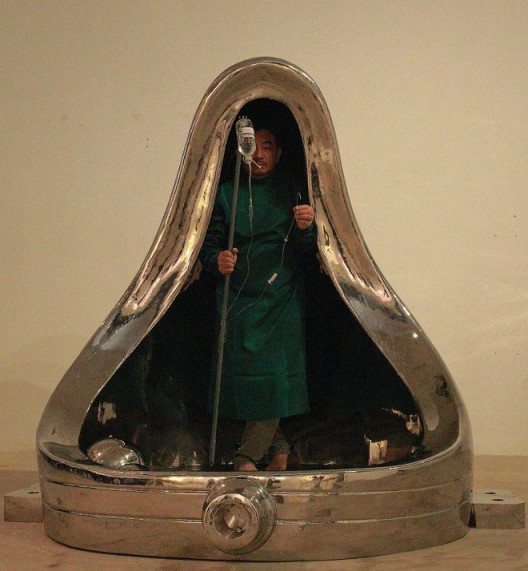
奚建军(中国), 《拯救》,2016年10月23日,丹麦文化中心。摄影:依子雷 / XI Jianjun, China. “Rescue Performance” Oct 23, 2016. Danish Cultural Center, Beijing. Photo: Yi Zi Lei

肖鲁(中国),《极地》,2016年10月23日,丹麦文化中心。摄影:依子雷 / Xiao Lu, China, “Polar”, Oct 23, 2016. Danish Cultural Center, Beijing. Photo: Yi Zi Lei
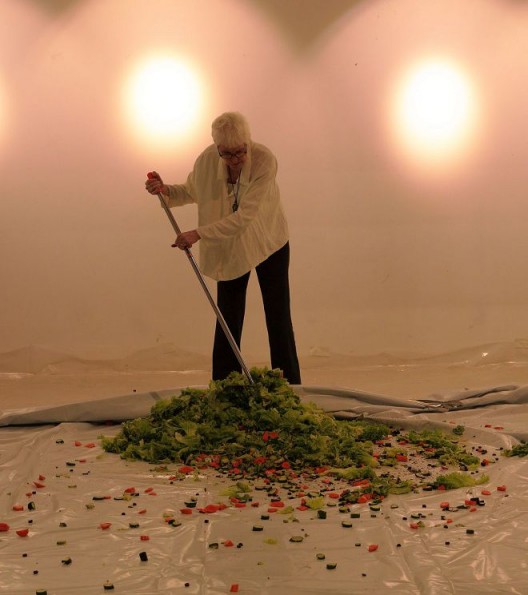
Alison Knowles(美国),《制作沙拉》,2016年10月23日,丹麦文化中心。摄影:依子雷 / Alison Knowles, US, “Make a Salad”, Oct 23, 2016.Danish Cultural Center, Beijing. Photo: Yi Zi Lei
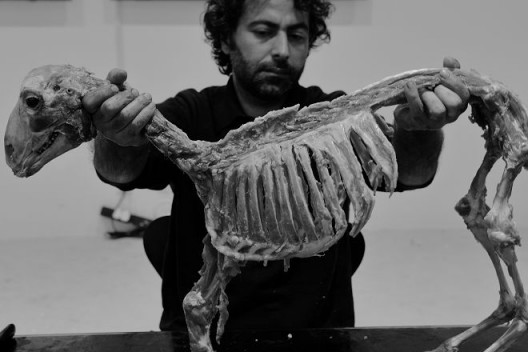
Ali Al-Fatlawi & Wathiq Al-Ameri(伊拉克,现居瑞士),《无题》,2016年10月23日,丹麦文化中心。摄影:依子雷 / Ali Al-Fatlawi & Wathiq Al-Ameri, Switzerland/Iraq, Untitled, Oct 23, 2016, Danish Cultural Center, Beijing. Photo: Yi Zi Lei

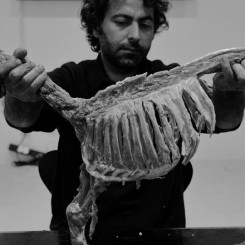
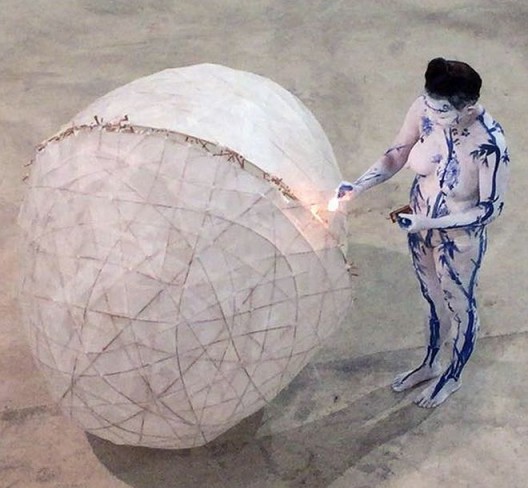
-528x352.jpg)